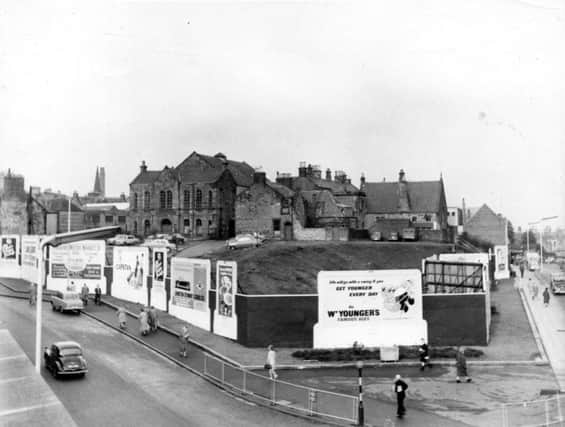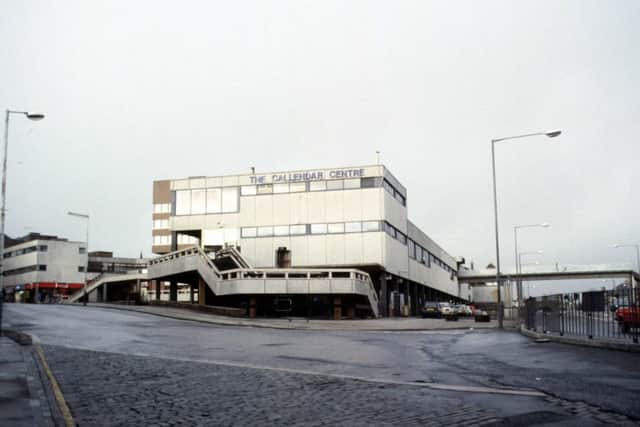Reshaping the east'¨end of Falkirk


In the mediaeval period, and for centuries after, this part of the town was home to the burgh horsemarket which took place on rising ground called Wormit Hill.
In the 1930s most of the hill was dug away to create Callendar Riggs and the Bus Station but if you look over to the old Doak’s Dance Hall you will get an idea of slope of the old hill.
Advertisement
Hide AdAdvertisement
Hide AdTo reach the market from the High Street you would make your way through Horsemarket Lane which survived until the 1960s. It was situated at the east end of Alexander’s Stores (now Poundstretcher) and was often referred to as the Red Lion Close from the pub that stood near the entrance.


A few yards into the lane on the left was an old graveyard and then the big building which served as a church hall and was later the Olivet Gospel Hall. The lane continued on to the market ground but after the great dig out it terminated in a flight of steps down to Callendar Riggs.
Cutting across the lane was Falkirk’s most celebrated lost street, Silver Row, which ran from the Bank Street/ Manor Street junction up and over the hill before descending to meet the High Street near the east end. I have written about Silver Row several times in this column and will confine myself this time to observing that from the Masonic Arms (the ‘Gluepot’) at the bottom to McMillan’s Dairy at the top it was packed full of interesting places and people. By the 1950s most of the area on the High Street end had been cleared of old slum housing and, with a war intervening, had lain as an undeveloped ‘sandy hole’ screened from the High Street and Callendar Riggs by a series of large advertising billboards.
When the great clearance began at the end of the 50s the big question was “What is going to happen to the ‘residents’ of the graveyard?” The Erskine Church, in Silver Row since the 1740s, had its own graveyard which was in use until 1870. The answer was that the deceased were to be disinterred and carted off to Camelon Cemetery where they remain today. This was not a popular decision and many of the older folk thought that nothing good would come of disturbing the dead.
Advertisement
Hide AdAdvertisement
Hide AdNow I am not superstitious and have no time for disembodied spirits and the like but the record of what has happened since then is ‘interesting’ to say the least. Almost everything that could go wrong with the first development did go wrong. The Callendar Centre was an ugly, unloved development that took years to complete. It was never a success and when it came down in the 1980s it took an eternity to get its replacement underway. Since Callendar Square opened in the early 1990s it has not had its troubles to seek either. Despite being more attractive than its predecessors it has never been a great financial success and its future always seemed to be under discussion.


I wish the new owners well and hope that at long last we find a successful use for the space that pays some respect to the history of the area. Maybe that will keep the spirits of the departed a wee bit happier.